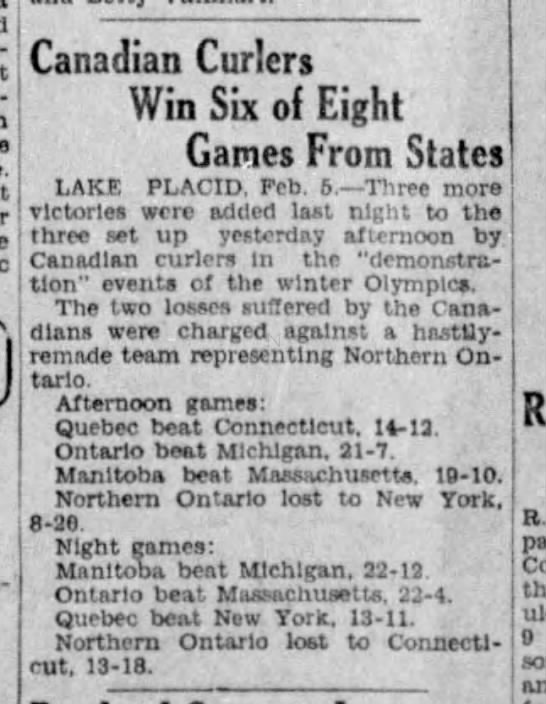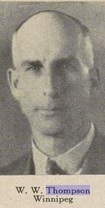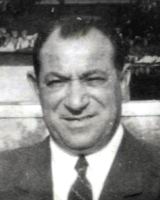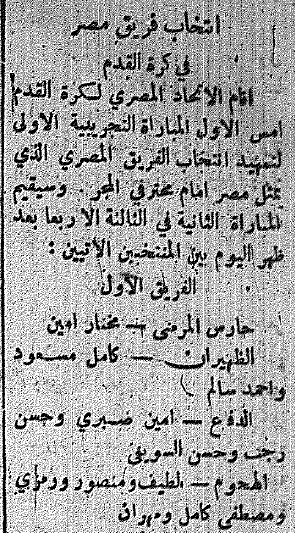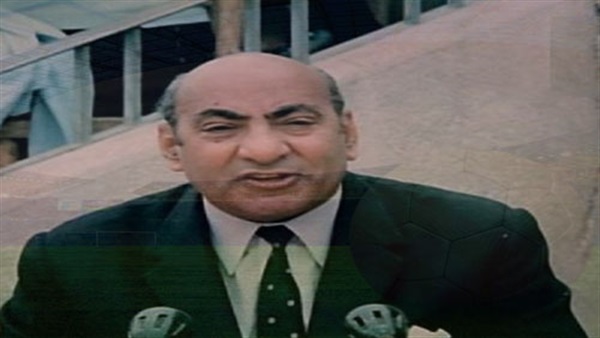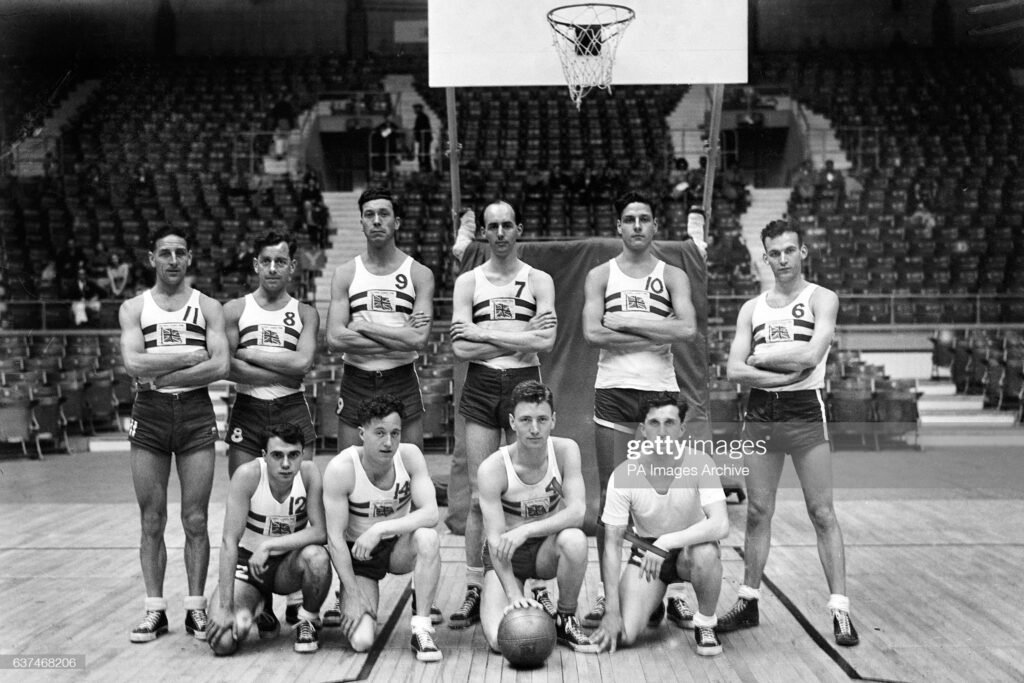Today on Oldest Olympians, we wanted to look at those Olympians aged 90 and above who died in March 2021 because, during that month, we lost 13 individuals in this category. We have covered nine of these athletes on our page already: Michèle Angirany, József Gurovits, Ursula Happe, Ulisses dos Santos, Aulis Sipponen, Hans Standl, Josy Stoffel, Suzanne Zimmerman, and Lennart Larsson. The other four, however, have only just come to our attention, and we wanted to pay a brief tribute to each of them in this blog entry.
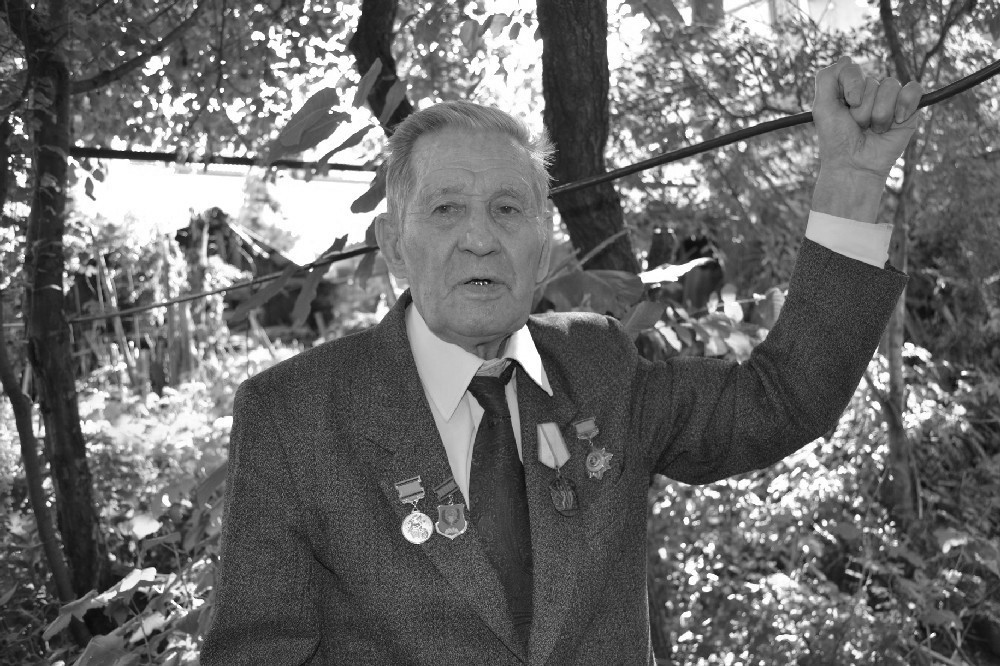
(Yevgeny Kadyaykin, pictured in his obituary)
Yevgeny Kadyaykin – Member of the Soviet athletic delegation to the 1956 Melbourne Olympics
Yevgeny Kadyaykin, born August 15, 1928, represented the Soviet Union in the 3000 metres steeplechase at the 1956 Melbourne Games, where he was eliminated in round one. He was eighth in that event at the 1954 European Championships and earned five national titles during his career. After retiring, he worked as a coach and sports professor, and played billiards nationally at the masters’ level. He died on March 5 at the age of 92.

(Yevgeny Morozov, pictured in his obituary)
Yevgeny Morozov – Member of the Soviet coxed pairs squad at the 1952 Helsinki Olympics
Yevgeny Morozov, born January 12, 1929, represented the Soviet Union in the coxed pairs rowing event at the 1952 Helsinki Games, where he was eliminated in the semi-finals repêchage. This was his only major international competition, but he did win a Soviet title in 1950 and later gained notoriety for his five decade-long coaching career, training dozens of national and international champions at his rowing school. He died on March 23 at the age of 92.
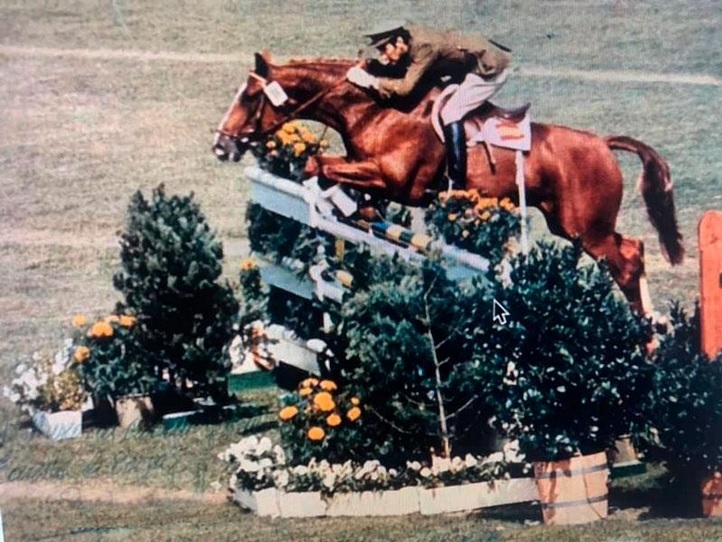
(Enrique Martínez, pictured in his obituary)
Enrique Martínez – Member of the Spanish equestrian delegations to the 1960, 1964, and 1972 Summer Olympics
Enrique Martínez, born July 13, 1930, represented Spain in the equestrian tournaments at three editions of the Olympic Games. In 1960 he competed in eventing, while in 1964 and 1972 he took part in jumping, although he never reached the podium individually or with the team. He was a gold medalist at the 1969 World Military Championships and retired from the sport in 1974, later turning to administration, judging, and coaching, in addition to his professorship at the Military Riding School. He died on March 24 at the age of 90.
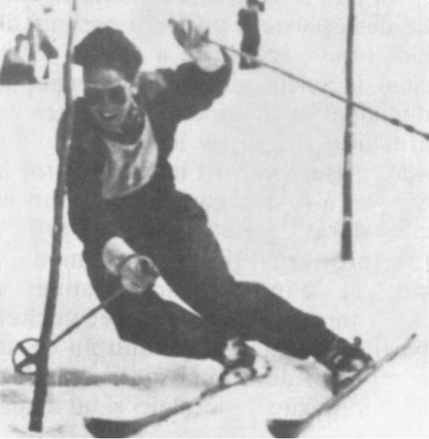
Mihai Bîră, Sr. – Member of the Romanian alpine skiing delegations to the 1948 and 1952 Winter Olympics
Mihai Bîră, Sr., born September 5, 1929, represented Romania in the alpine skiing tournaments at the 1948 and 1952 Winter Olympics. In 1948 he only appeared in the downhill, placing joint-71st, while in 1952 he took part in all three events, with a best finish of joint-35th in the downhill. He was a gold medalist at the 1951 Winter World University Games and earned three more at the 1958 European University Championships, in addition to capturing the European Cup in alpine skiing in 1952. He was later involved in the administration of the sport internationally and within Romania and worked as a writer and television commentator. His son, Mihai Bîră, Jr., represented Romania in alpine skiing at the 1984 Sarajevo Olympics. Bîră Sr. died in March, on the 15th or earlier, at the age of 91.
